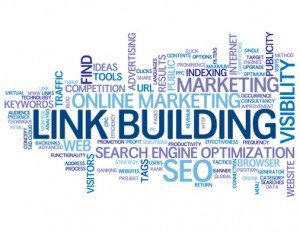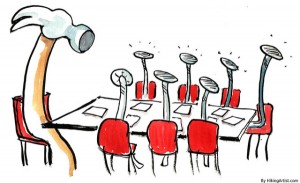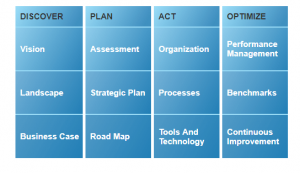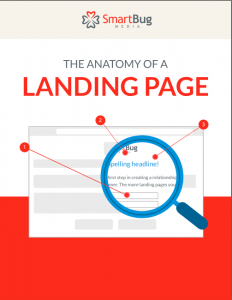The process of conducting a competitive analysis has never been more important. This year has created massive shifts in consumer behavior and how they choose to interact with businesses.
As a result, competitor research has become a growing need among organizations to understand how their services, pricing offerings, and marketing strategies stack up against the competition.
The data collected in a competitive analysis is exclusive to your organization and can be leveraged to offer:
- Competitive pricing
- Improved customer satisfaction
- Data-driven marketing strategies
In this blog post, I will discuss these three components in greater detail.

- stevepb / Pixabay
1. Offer Competitive Pricing
Perhaps the no greater benefit to executing a competitive analysis is understanding the pricing structures of industry peers. Especially for B2B organizations, the price of services is not easily accessible on a competitor’s website.
This information is crucial in understanding how your prices compare to others and if you are able to offer a more competitive offer.
To find pricing information, I recommend adding a mystery shopping component to your competitive analysis. This may include mystery shopping calls or emails with a third-party market research company.
2. Gain a Better Understanding of Customers
In part of a competitive analysis, brands should consider conducting a market survey to gain feedback from both current and potential customers.
Their purchasing decisions and behaviors have likely changed for good. For instance, 75% of Americans have tried a new store, brand, or different way of shopping during the COVID-19 pandemic.
Now is the time to check in with your target market. In a survey, organizations can ask questions such as:
- What are your top sources of awareness? (Social media, TV, Google, etc.)
- How has your purchasing habits changed in the past 6 months?
- Have you purchased from [INSERT BRAND NAME]?
- If yes, what were you most satisfied with? What were you least satisfied with?
- Have you purchased from [INSERT COMPETITOR NAME]?
- If yes, what were you most satisfied with? What were you least satisfied with?
- What factors would cause you to change from doing business with [INSERT COMPETITOR NAME]?
Use this information to fuel sales, business, and marketing strategies to keep up with the next new normal.
3. Improve Marketing Strategies
There is an abundance of insights captured through a competitive analysis that can fuel your marketing efforts. For example, a coffee shop learns customers are 5X more likely to purchase from a local business that offers a mobile app.
However, the coffee shop is spending a large part of its marketing budget on improving their website. After conducting desk research in a competitor assessment, the coffee shop learns no other local business offers a mobile app. As a result, the coffee shop reallocates its marketing budget from its website to instead create a user-friendly app.
A competitive analysis can also teach brands where their competitors are finding the most and least success with their advertising. If a competitor is making a killing on Facebook Ads, then this may be the push an organization needs to start advertising on this platform and regain market share.
On the flip side, if a brand learns its competitors are losing money on Google Search Ads, then this may not be an avenue the brand wants to explore. Let your competitors make these marketing mistakes for you.
Business & Finance Articles on Business 2 Community
(43)
Report Post






